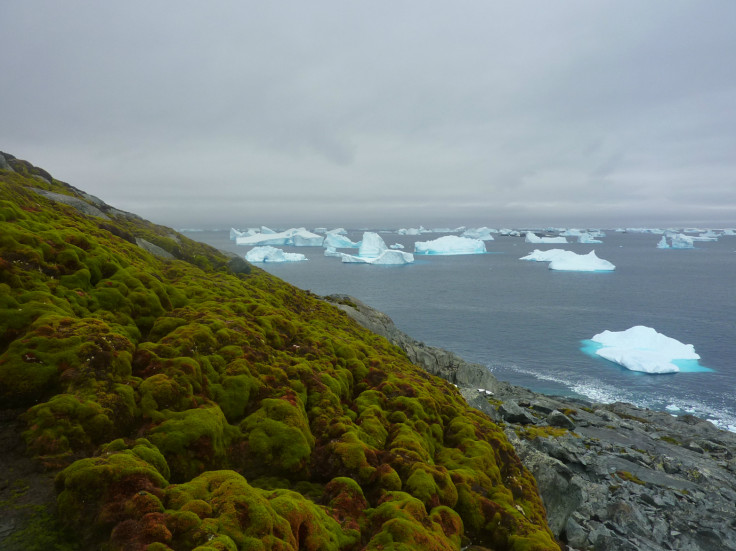Antarctica is five times greener than it was in the 1950s because of climate change
Moss banks survive freezing over the harsh winters, and have started growing more rapidly in the summers.
The growth of green mosses in Antarctica in the past 50 years has shot up due to warming temperatures. Stretches of the coast of the Antarctic Peninsula are covered with deep, green mossy banks.
These banks have been growing in height four to five times faster since the 1950s than in the 100 years before, finds a paper published in the journal Current Biology.
The change is because of warming temperatures, the scientists say. The increase in growth along a long, 400-mile stretch of the peninsula suggests that climate change rather than localised factors are likely to be the cause. It occurred both at the tip of the peninsula and further inland where it is colder.
Scientists took samples from moss banks to analyse moss that grew 150 years ago, right through to moss growing today. They found that the rate the mosses were growing increased hugely around the middle of the 20th Century.
"The moss banks grow upwards over time. Every year they grow a few millimetres and freeze over the winter. Then the next summer they thaw and grow some more," study author Matthew Amesbury of the University of Exeter told IBTimes UK. "Every year they lock in information we can extract again when we take a core."
Before the 1950s the moss banks would grow by about 1mm a year. After the 1950s they would grow between 4 and 5mm a year, although the growth reached as much as 7mm a year in places.

"In the second half of the 20th Century, the Antarctic Peninsula was one of the most rapidly warming regions on the planet, at about 0.5C per decade," Amesbury said. "The reason we think that this is a response driven by climate change is because of the very wide-scale impact we see across the whole of the Antarctic Peninsula."
The study was the first to look at a broad section of the Antarctic Peninsula, which stretches for more than 1,000 kilometres. Some of the moss banks on the peninsula are more than 4,000 years old and have reached heights of about 3 metres.
The next steps of the research will be to see how much the mosses have extended in space, as well as in height, to see if climate change is also changing the spread of the moss throughout the peninsula.
© Copyright IBTimes 2025. All rights reserved.






















